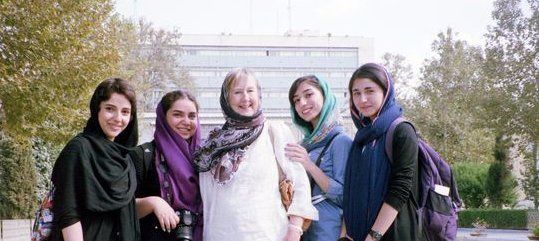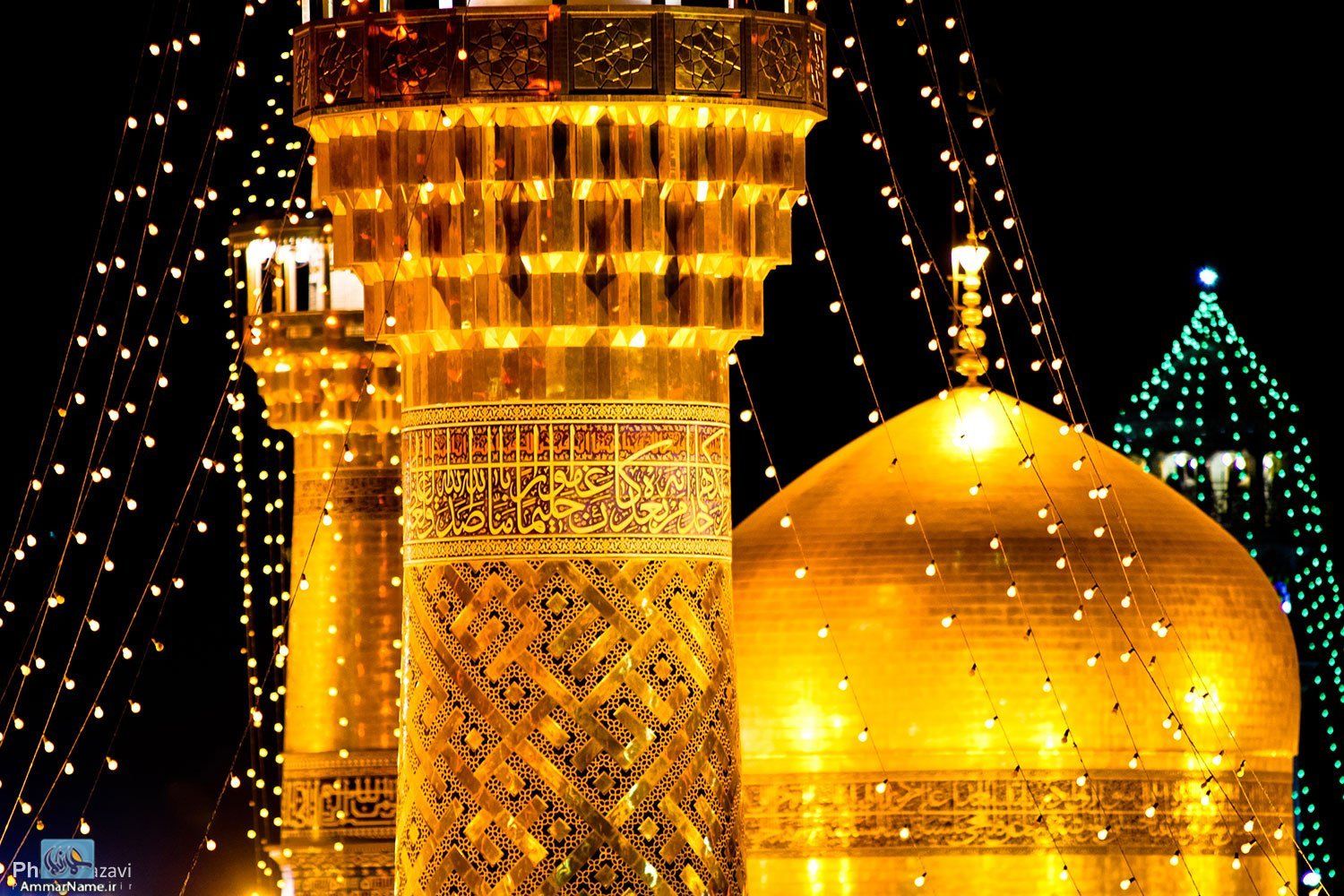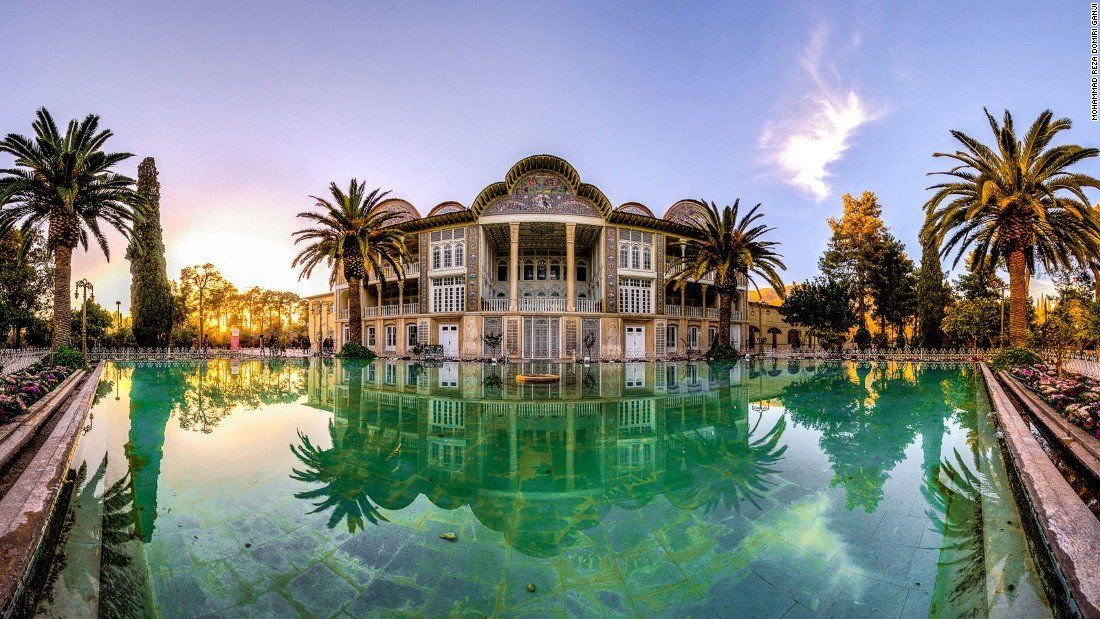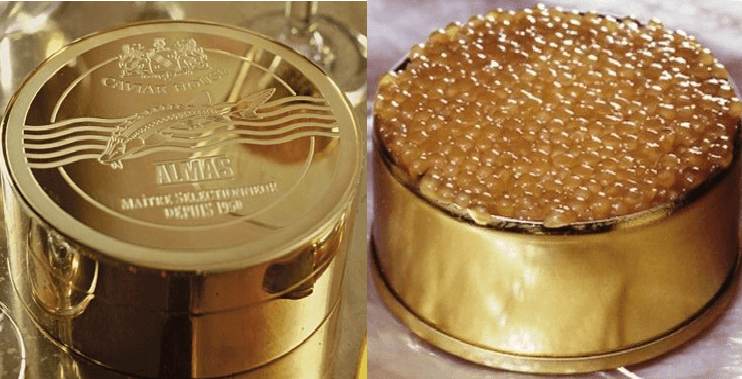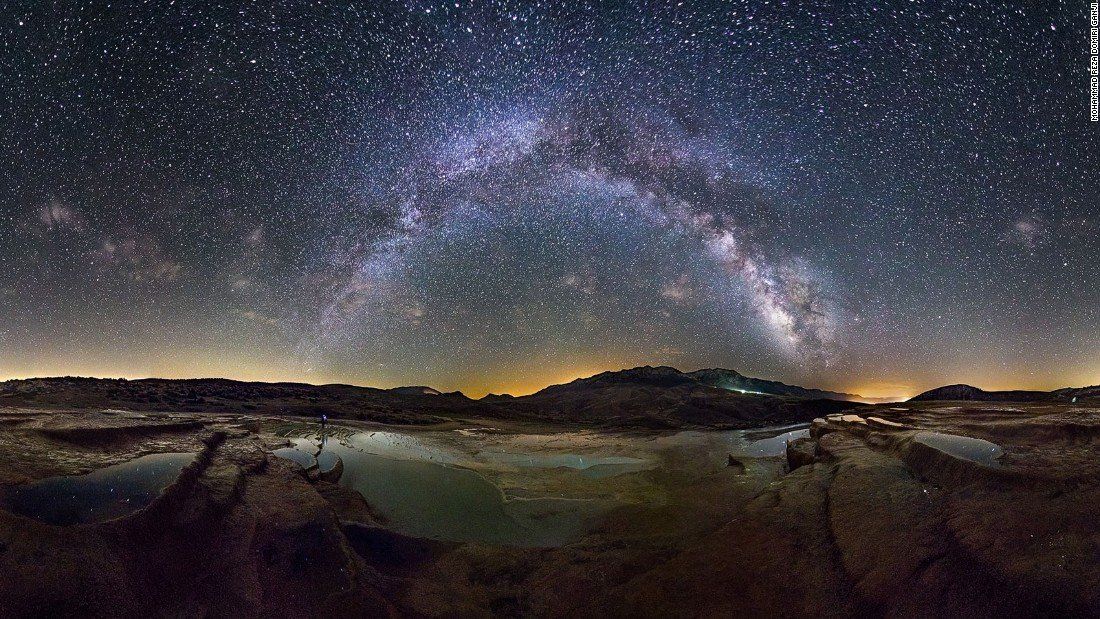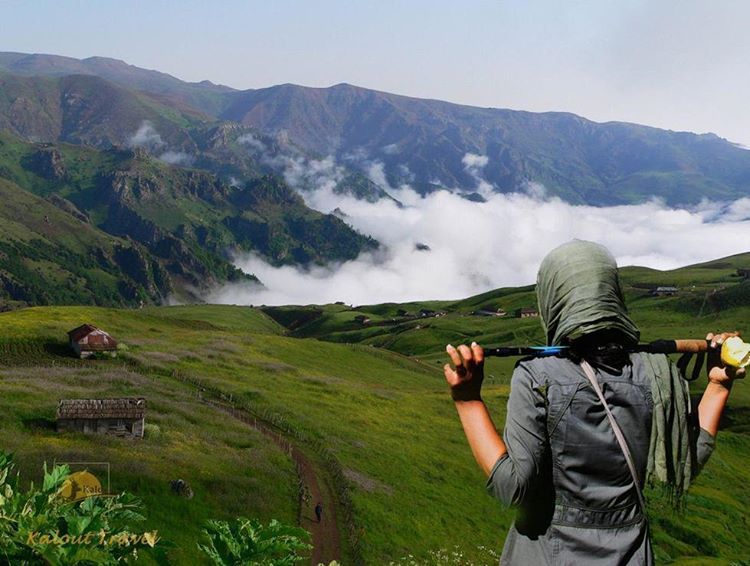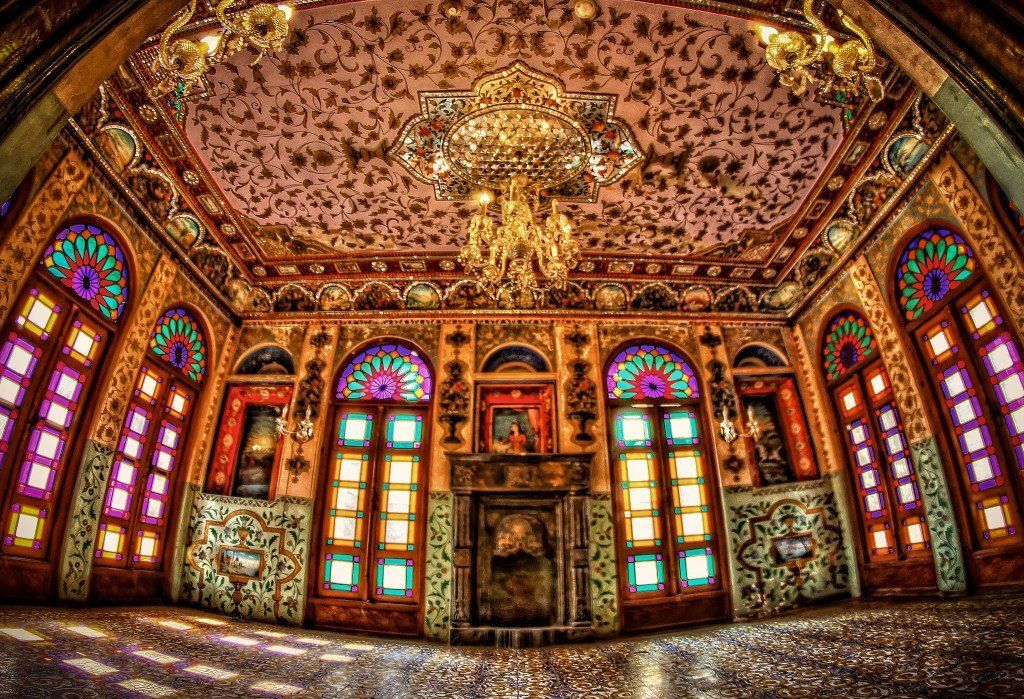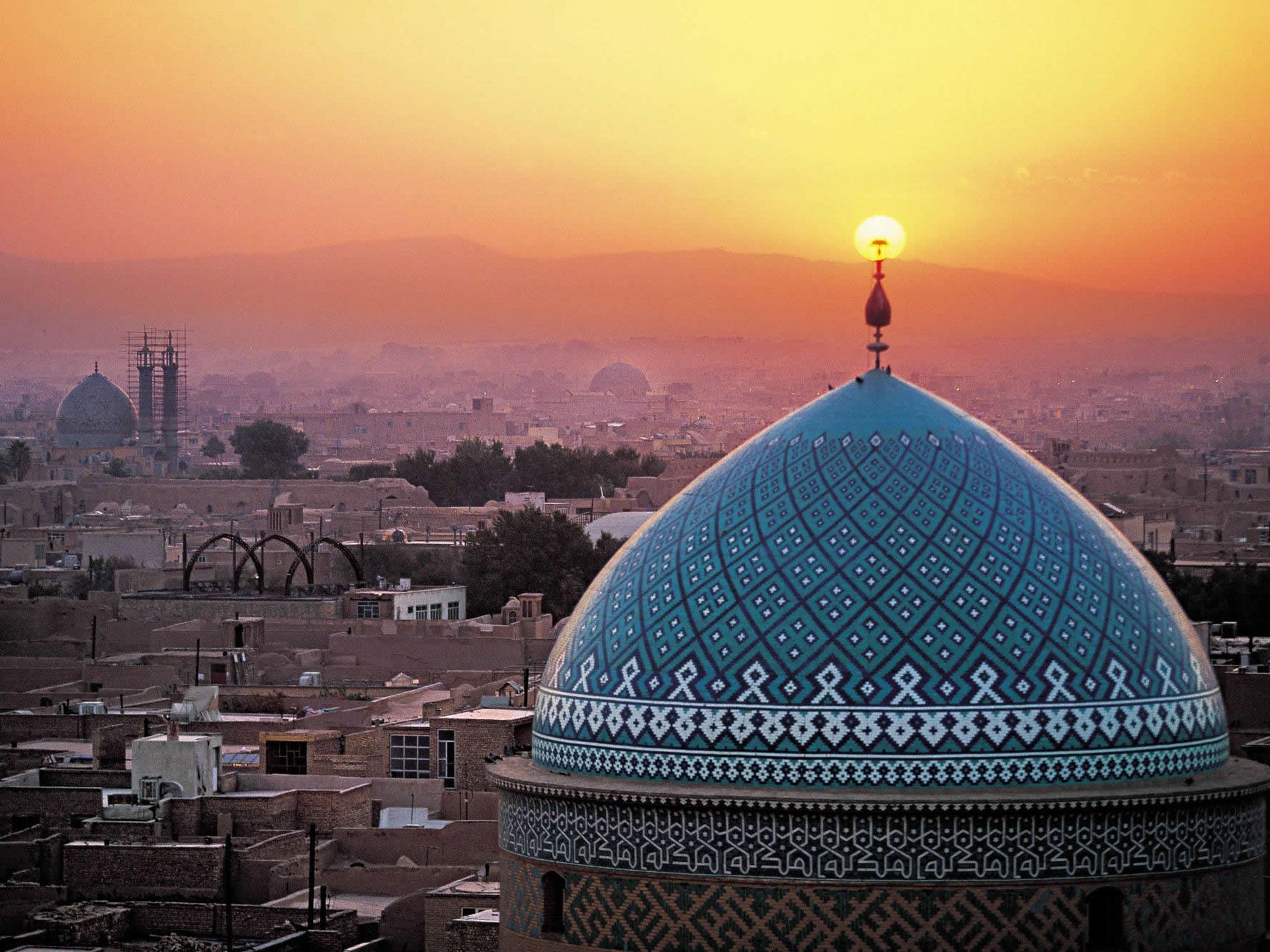Qeshm Attractions
Qeshm Mountains
Mountains on Qeshm Island have a specific form. Most of them are low and are made up of sedimentary layers which are totally parallel and their surface is covered by coral layers as well as bivalves. Only in two places, the parallel and horizontal arrangement of layers has been disrupted due to presence of salt domes. Winds have eroded rocks and their coral layers and have, at times, created shapes which are similar to imaginary animals. Presence of such spectacles has imparted a unique appearance to Qeshm Island.
Salt Caves
Some mountains of Qeshm have turned into salt caves as a result of accumulation of sea water in deep fault and subsequent precipitation of salt. Such caves are not only important as a tourism attraction, but are also significant geological hallmarks. The caves are more than 6 km long. Previously salt caves discovered in Israel were considered the world’s longest salt cave with a length of 5,685 m. Salt domes are more than 570 million years old and date back to Precambrian Period. However, salt domes are younger and date back to about 6,000 years ago.
Namakdan salt dome
is among natural attractions of Qeshm Island, which attracts a lot of tourists every year. Namakdan salt dome is the only salt dome in Qeshm Island which extends from southern promontory of Salakh anticline up to the northwestern promontory of Basaeedou anticline. On the map, it roughly looks like a circle with a diameter of 6.5 km x 7 km. Salt caves are located to the south of Namakdan salt dome and are up to 20 m high. Ceilings of the caves are covered with stalactites which have been created as a result of water infiltrating the caves.
Kharbas Caves
These caves which are both natural and manmade are located 10 km from Qeshm city on the slopes of a mountain which faces the sea and Miyankaseh plain. There are four caves, which are connected from within. They believe that such ancient geological phenomena are the result of whirlpools and sedimentation of sand. Not all those caves are natural, but some of them have been carved out by ancient Iranians, who have used them as they needed. Some signs indicate that Kharbas caves have been a dwelling for snakes and some even think that they have been a place for worshipping Mehr (the Goddess of Sun or Mitra).
Coral Islands
Coral islands located near Qeshm Island are the most complete and the liveliest collection of corral reefs present in the Persian Gulf. Despite presence of various colorful aquatics, they are still considered one of the main natural attractions of Qeshm Island. They are more beautiful and diverse on the coasts of Larak and Hengam islands.
Banyan Tree
One of the amazing plants on the island is banyan tree. The tropical tree has a big crown with roots, which are mostly in the air. The best example of this tree is found at Tem Sonnati village of Rourian region which is close to an old mausoleum, which is known as the Old Man of Tem Sonnati. Banyan tree also bears fruit which is orange in color and edible.
Mangrove Forest
Perhaps the most unique attraction on Qeshm Island and the coasts of Persian Gulf for every domestic and foreign tourist is the floating mangrove forest. The forest goes underwater upon high tide and reemerges during low tide. Mangrove forest is made up of a tree called mangrove, which is called Timer in Sistan and Baluchestan, Toul in some southern parts of Iran, and Harra in Bandar Abbas. Arabs call it Shoura and Azam and its size varies from 3 meters to 6 meters. Its seed easily grows on the seabed. The seeds may also grow on the trunk of the parent tree before being detached from it to flow on the water. The salty water plant filters seawater retaining fresh water and repelling salt.
Mangrove forest displays high biodiversity and is a habitat for tropical birds. It is a haven for 150 various species of birds in cold seasons of fall and winter whose number sometimes exceeds hundreds of thousands. They include seagulls, cormorants, flamingoes, storks, pelicans, eagles and falcons. Apart from birds, mangrove forest is a good haven for a variety of other animals including various fish, sea snakes, crabs, clings, various frogs and even mammals. On the whole about 80 percent of aquatics in Persian Gulf spend their spawning time in the area of mangrove forest, which accounts for about 90,000 hectares. Apart from northwestern coasts of Qeshm, which host the bulk of Iran’s mangrove forest, they can also be found 3 km from Tiab port near Minab as well as in Jask region of Chabahar.
Tala Wells
Qeshm Island has resorted to many ways to find the water it needs. One of those ways is to drill wells in the rocks, which sometimes end in gypsum layers and are capable of holding water healthy and cool for a long time. The mound overlooking these wells direct rain water toward the wells and it is for this reason that they are called Tala wells (“Tal” means “mound” in Persian).
Historical Castles
Naderi castle is one of old historical castles on the island, which is located near Laft. This had been a fortress for defending Qeshm Island, but has been worn out in time and is now far from its original grandeur. Iran Cultural Heritage, Handicrafts and Tourism Organization, however is planning to renovate it.
Another historical fortress in Qeshm, which is 400 years old, has been built by the Portuguese soldiers after they arrived in Persian Gulf and occupied such islands as Qeshm and Hormuz. In addition to residence, such castles were used as watchtowers to oversee traffic of warships. The Portuguese fortress has been made of coral stone and mortar. It has two towers and includes chambers, warehouses and wells.
Mosques
There are many mosques in Qeshm Island some of which date back to early centuries after Hegira. The oldest mosque on the island is called Sheikh Barak Mosque, which is located at Kousheh village.
ambachten
The islanders have their specific handicrafts, which have been handed down from one generation to another. These products are bought by travelers as souvenirs to remind them of people whose faith is closely intertwined with the natural environment in which they live. Women of Qeshm spend their leisure attending to their homes and children and make colorful ornaments which reflect vividness of life.
























